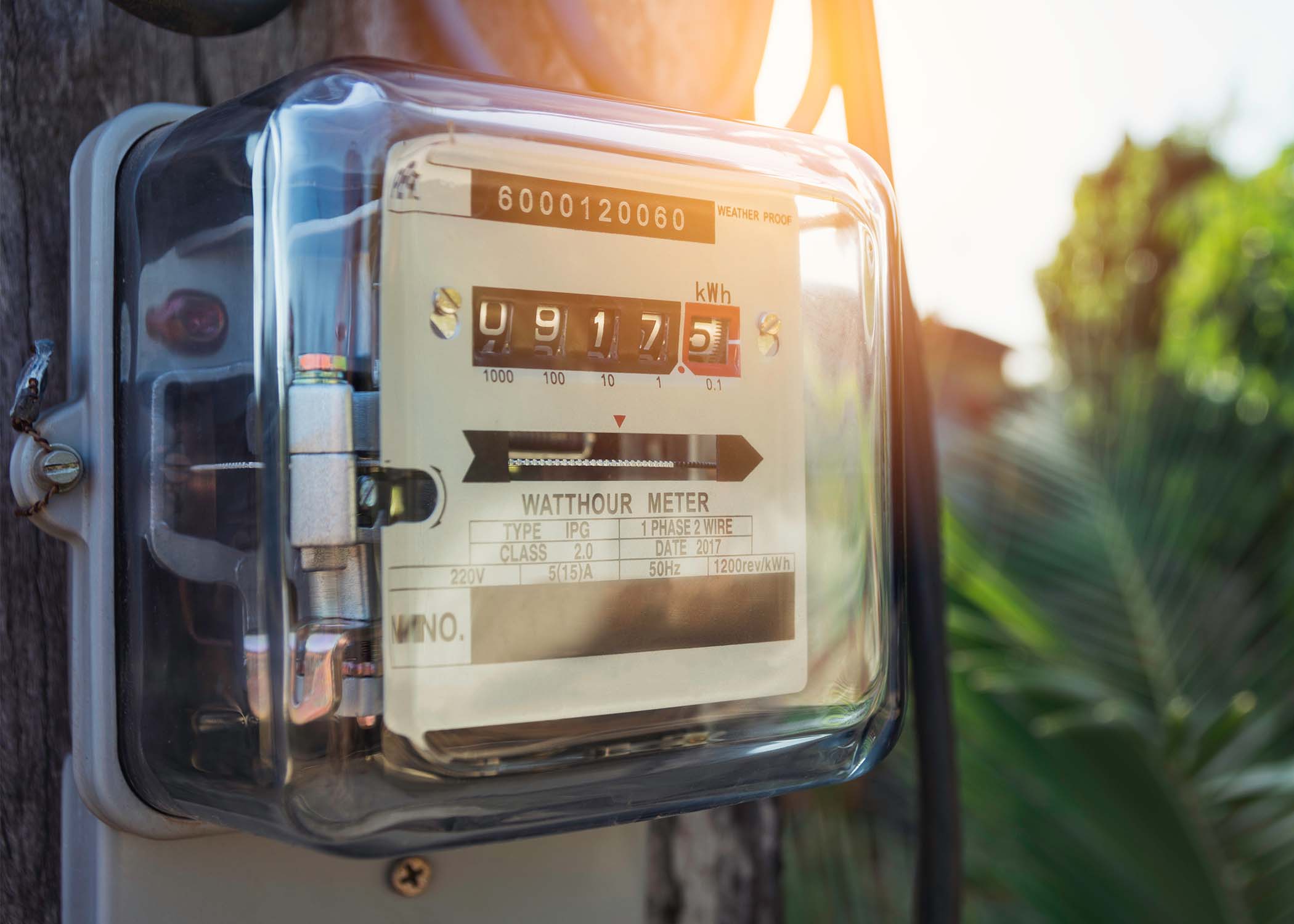As a builder, you’ve been following the latest home trends.
A major one is solar-powered builds.
Solar technology is continually improving, and the costs of installations are plunging.
Not surprisingly, many states and cities are turning to this solar power to solve today’s dual crises of energy and climate change.
Energy prices are climbing, and severe weather and rising sea levels indicate climate change.
Lowering the cost of electricity while reducing carbon dioxide emissions is critical in confronting both issues.
As a result, California recently implemented a state-wide mandate requiring builders to install solar in new homes up to three stories.
And several cities have followed suit, including:
- St. Louis
- Orlando
- Tucson
- New York
Here’s what you need to know about how solar ready mandates impact you.
Understanding Solar Ready Mandates
Mandates calling for a transition to renewable energy resources often include goals for solar.
However, some places specifically legislate a transition to solar power for new construction.
When the rules require new construction designed for this alternative energy, it doesn’t necessarily mean that you, as a builder, have to install the system.
It only means you need to construct homes that make it easy for homeowners to put solar panels on the roof and configure the rest of the system without the expense of retrofitting.
Designing Solar Ready Homes
One of the most significant changes you’ll see as a residential builder is in the design process.
A solar ready home has several features and considerations that are not typical of a traditional design, including:
- Rooftop orientation and structure: The roof needs to be oriented to capture the most sun in your build location. You also need to design an uninterrupted and unobstructed space of approximately 200 square feet. Keep in mind load-bearing factors.
- Conduit installation: A home that is set up for solar has pre-installed conduit running between the electrical panel and the attic. You should use conduit made from non-flexible metal at least three-quarters of an inch in diameter.
- Electrical arrangement: Set aside some extra space next to the electrical panel to accommodate additional equipment. The electrical box must be large enough to add a 40-amp double pole breaker.
A solar ready design takes some extra planning on your part, but it is much simpler to establish the framework at the construction phase.
Considering Cost Factors
It’s much more expensive to retrofit a building to accommodate solar.
Even if the roof needs no modifications, it can cost more than twice as much to retrofit the electrical components than include them in new construction.
If the roof needs changes, the costs can skyrocket.
Customers are more likely to add alternative energy if they know their home is set up for this technology.
It saves them money and reduces the time to install the system.
Preparing for Solar Ready Mandates With Unbound Solar®
At Unbound Solar®, we work with builders to help you prepare for solar ready mandates.
We offer training and education resources along with a Homebuilder Partnership Program to support you in meeting these new mandates, even ahead of time.
Count on us for help with everything from designing systems to gathering the required permits.
Get in touch today to learn more about our Homebuilder Program!



